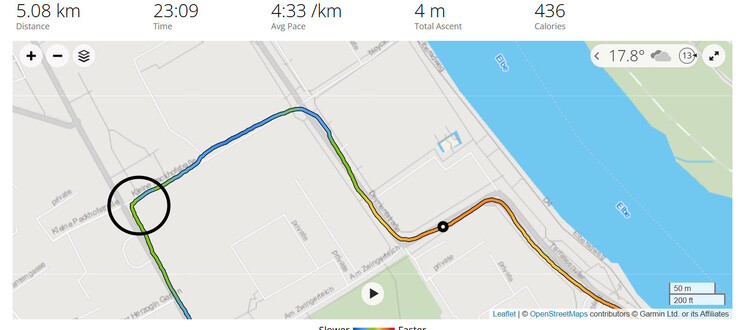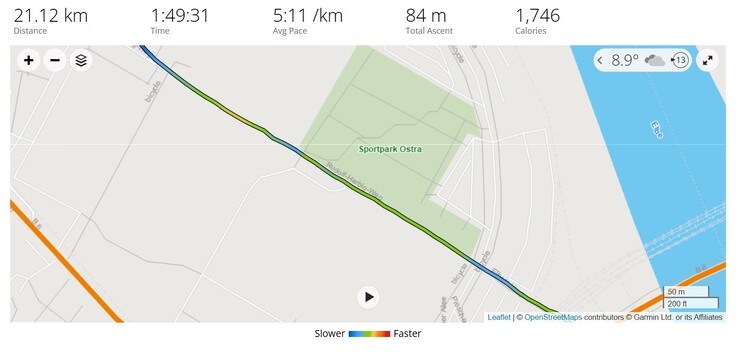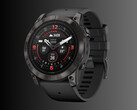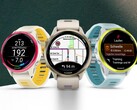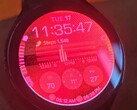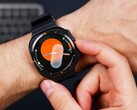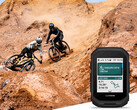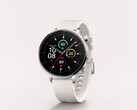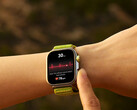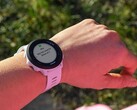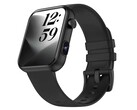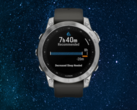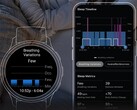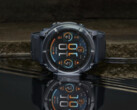Garmin smartwatches are generally equipped with a GNSS module, which allows them to record the user’s current position. When you're moving, this data can be used to calculate the distance covered and factor in time or duration and the speed. If heart rate is also taken into account, users can easily track their performance.
According to a leak, Garmin might soon offer a new way to record GNSS locations at a significantly higher frequency. Specifically, the position will be determined five times per second, or at 5Hz, instead of just once every second. This information comes from the5krunner, who is citing @JohnW. As we've previously reported, this feature is being rolled out for downhill mountain bikers first, as they often move at very high speeds. It's unclear which Garmin smartwatches will receive this function, but speculation suggests it might require a Synaptics GNSS module, potentially those found in wearables like the Garmin Fenix 8 smartwatches (from $799 on Amazon). It also remains uncertain if this change will be applied to other activities.
Generally speaking, this higher frequency could improve the recording of GPS locations. The practical value will probably depend on various factors. We can approach this by looking at two extremes. An endurance athlete running at a constant speed on a straight path would likely see little benefit. However, if the runner is moving at highly variable speeds (e.g. on interval runs) or if the path is winding, this new approach could be quite beneficial.
It's also conceivable that the quality of the real-time data that’s displayed on the smartwatch, such as current speed, could be more accurate. This might also apply to acceleration, so it could be helpful for analyzing the initial acceleration in detail during a 100-meter sprint. That being said, there’s one general limitation, as the GNSS module has to be able to accurately record the current position, which can be an issue in heavily wooded areas, for example.





